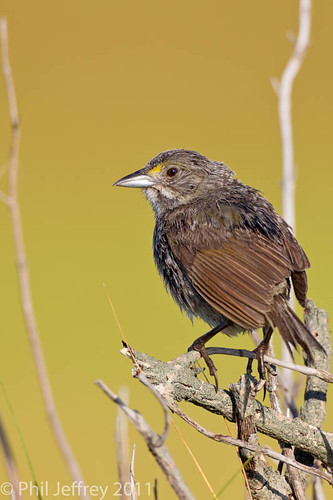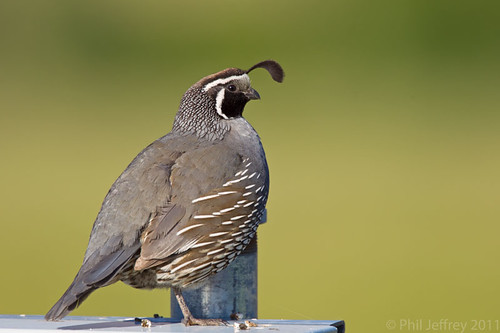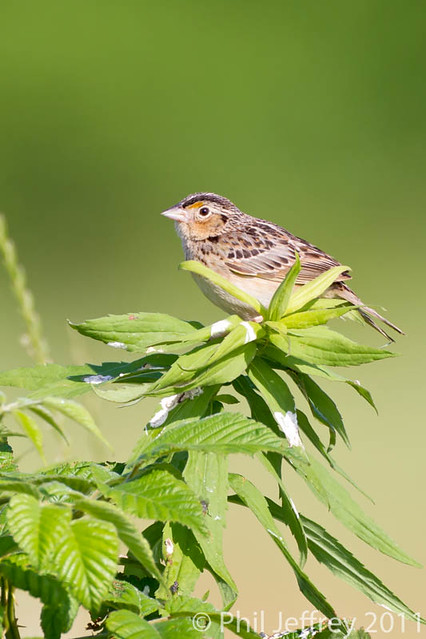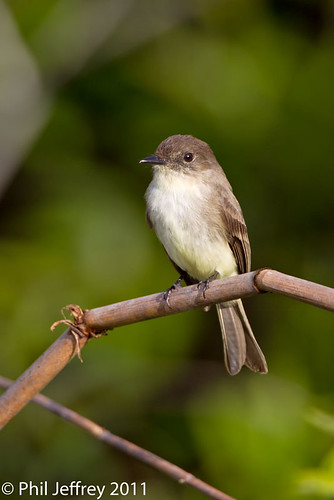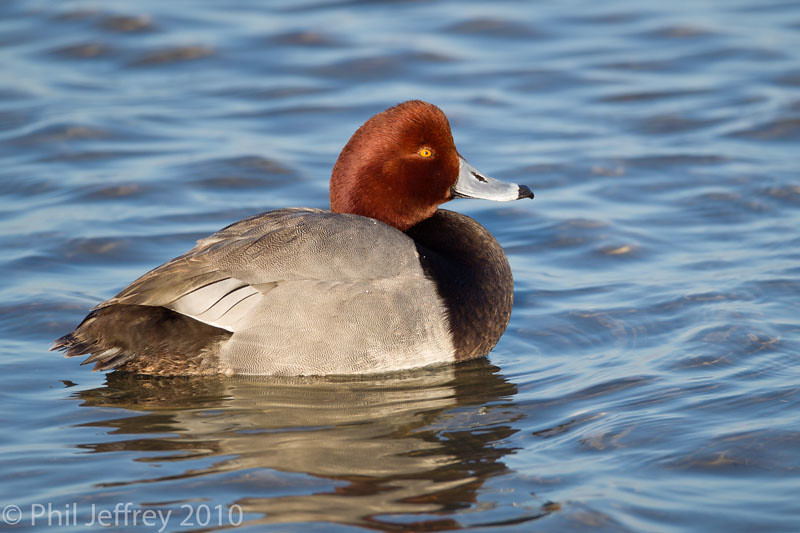All my digital photography processing has been done on a Mac - a succession of G4, G5 Power Macs and iBooks, and intel MacBook, MacBook Pro and iMac. I do research in structural biology using Apple's underlying Unix operating system (open Terminal.app and see what I mean). I have the inevitable iPod (music and image backup while traveling) and iPhones. I'm writing this on my Mac Pro octacore at work. I also owned a NeXT, once upon a time.
So it was appropriate that last night I found out about the very sad news of Steve Jobs death from a NYTimes alert read on my iMac. While not the only visionary in technology he was the most iconic, and it is so sad to lose him this soon. For those of us that remember Apple's darkest days when it was perilously close to bankrupcy (e.g. Wired's "Pray" cover - shown
here), Apple's ascendency in the second Steve Jobs era was nothing short of breathtaking. Pray that it continues.
Addendum: Jobs has, in ways small and large, altered the ways I have done things and reacted to technology. The iPhone is iconic and much impersonated because it is both functional and beautiful in ways that enhance using it. However his vision, will and force of personality is also conveyed in the ideas and products he created. That why I had an emotional response to his death, like many other people. However I'm not sure he is someone I would have liked to work closely with - the other aspect to his character, which also made him effective, is nicely illustrated by this
piece on him at the PDN site. If you read that, and also his
2005 Stanford commencement address, you get a sense of just how singular a person he was.








